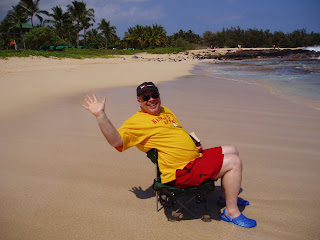Interesting news about Harrison Ford. Last year on "Good Morning America" he said , "... it's the time to come together and, make an effort to, make people understand that we require - not just here in the United States but throughout the world - meaningful climate legislation..." And, today we learn , He recently revealed in an interview the extent of his love for piloting, telling Britain's Live magazine, "Learning to fly was a work of art. I'm so passionate about flying I often fly up the coast for a cheeseburger. Now, far be it from me, a citizen of the Air Capital of the World, a city that frequently hosts Mr. Ford (see here , here , and here ) for flight training, to condemn his love of flying. I'd love to have a private jet. What I -- and so many others -- object to is being lectured to about 'global warming' and 'carbon footprints' from people who have carbon footprints the size of Greenland. Note: The







